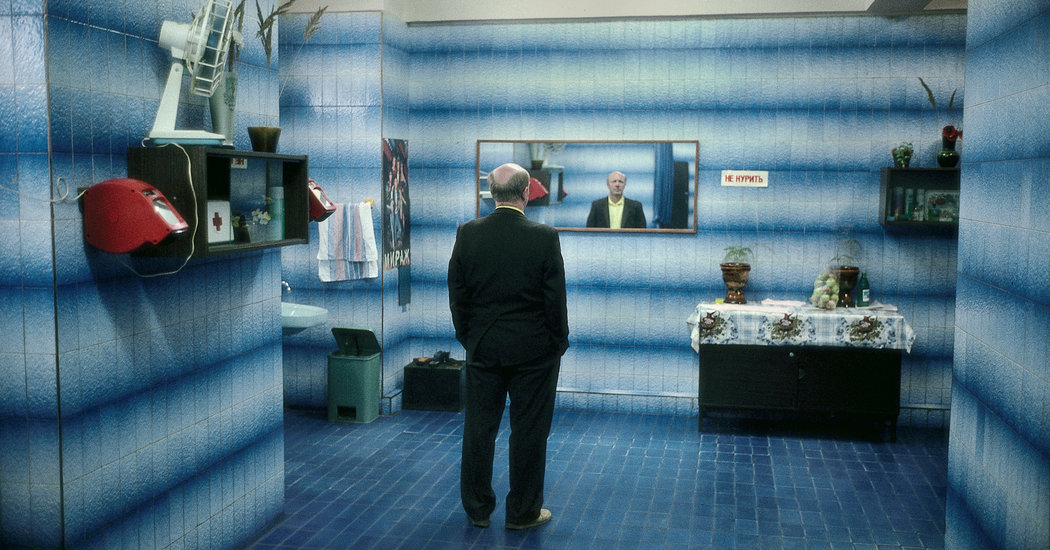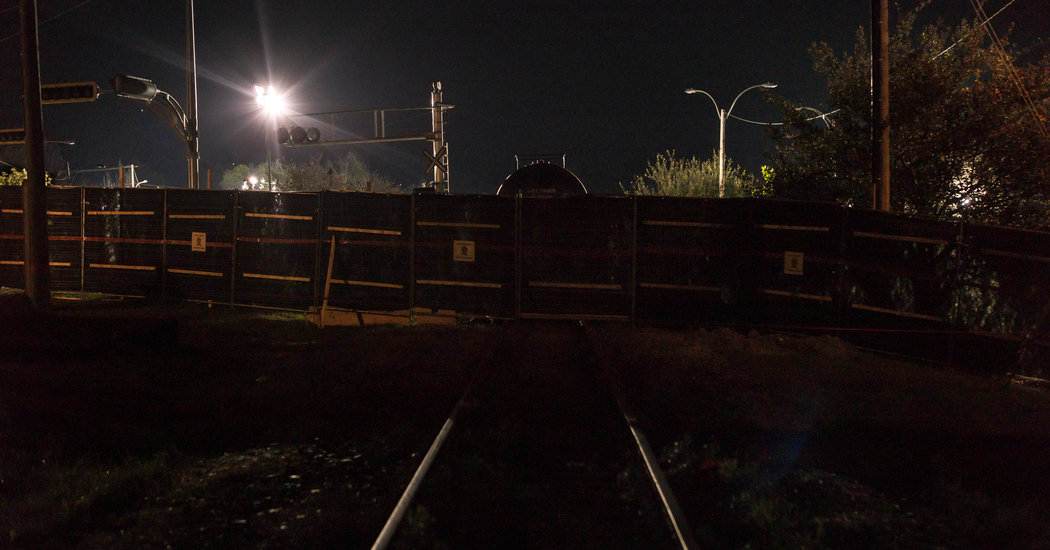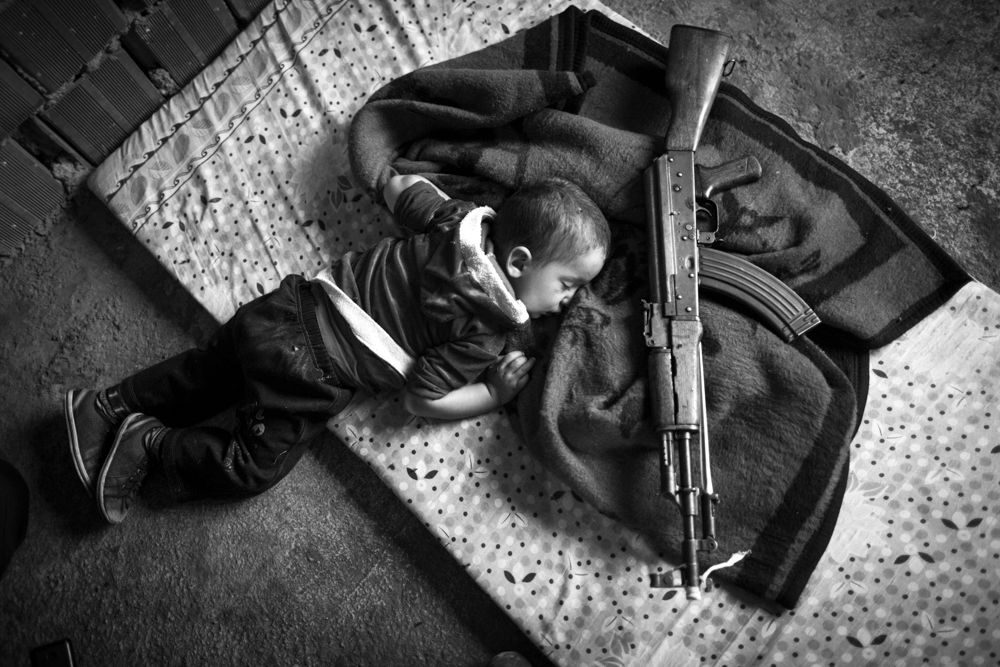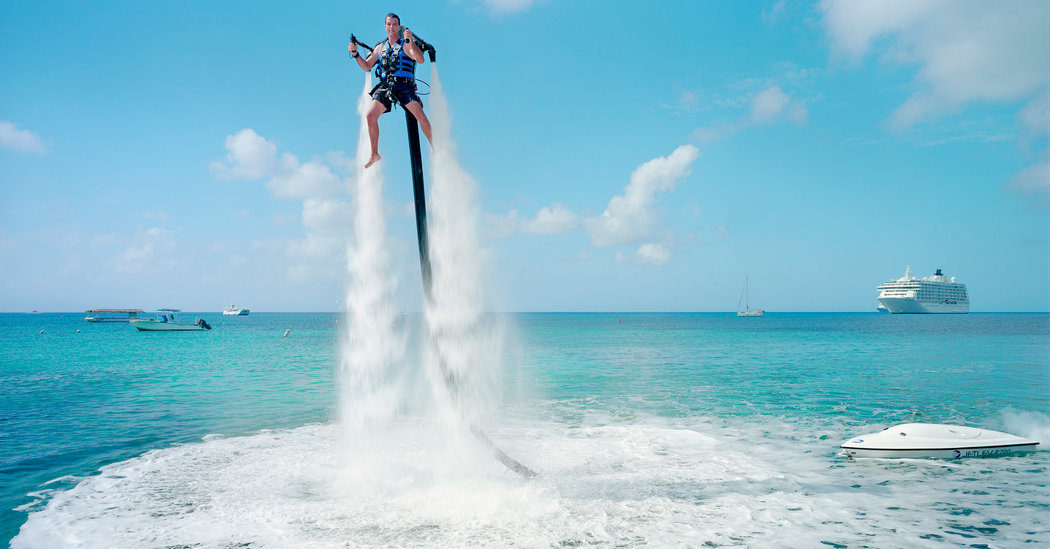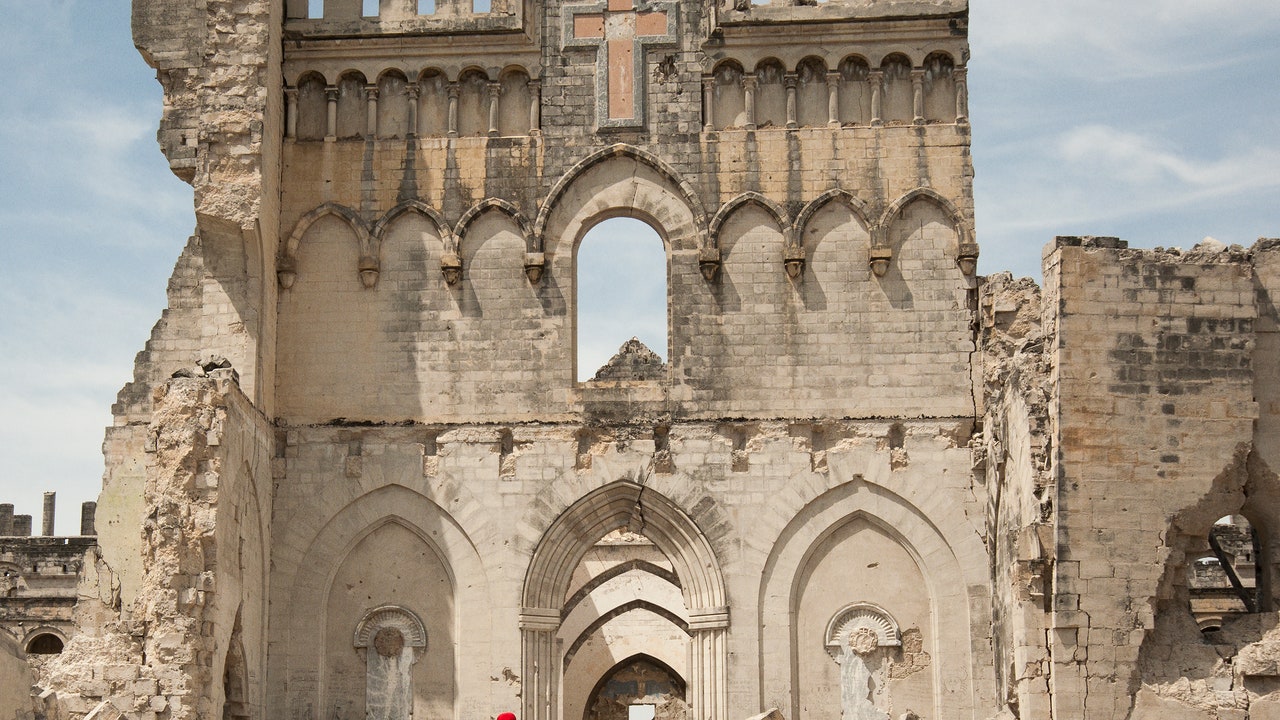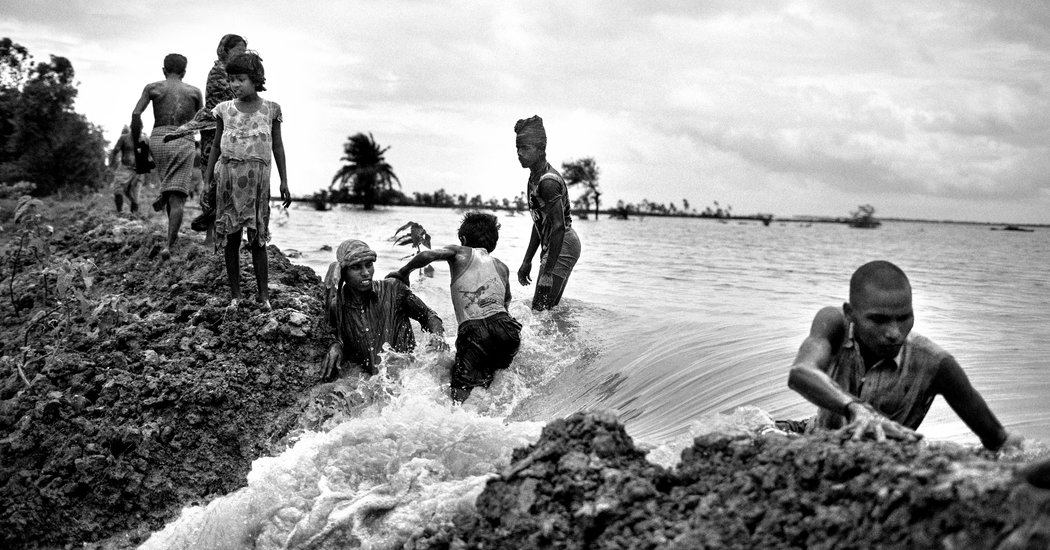Born to Make Photos
Harry Gruyaert’s father made film. He makes pictures. His credo: “I just physically jump into a situation and react to it, and see how things are working out.”
via Lens Blog: https://archive.nytimes.com/lens.blogs.nytimes.com/2015/08/11/born-to-make-photos/
Harry Gruyaert, the Belgian photographer and member of Magnum, has been taking pictures for a long time. Long enough to have been friends — and colleagues — with Henri Cartier-Bresson, with whom he shared a philosophy of photography.

